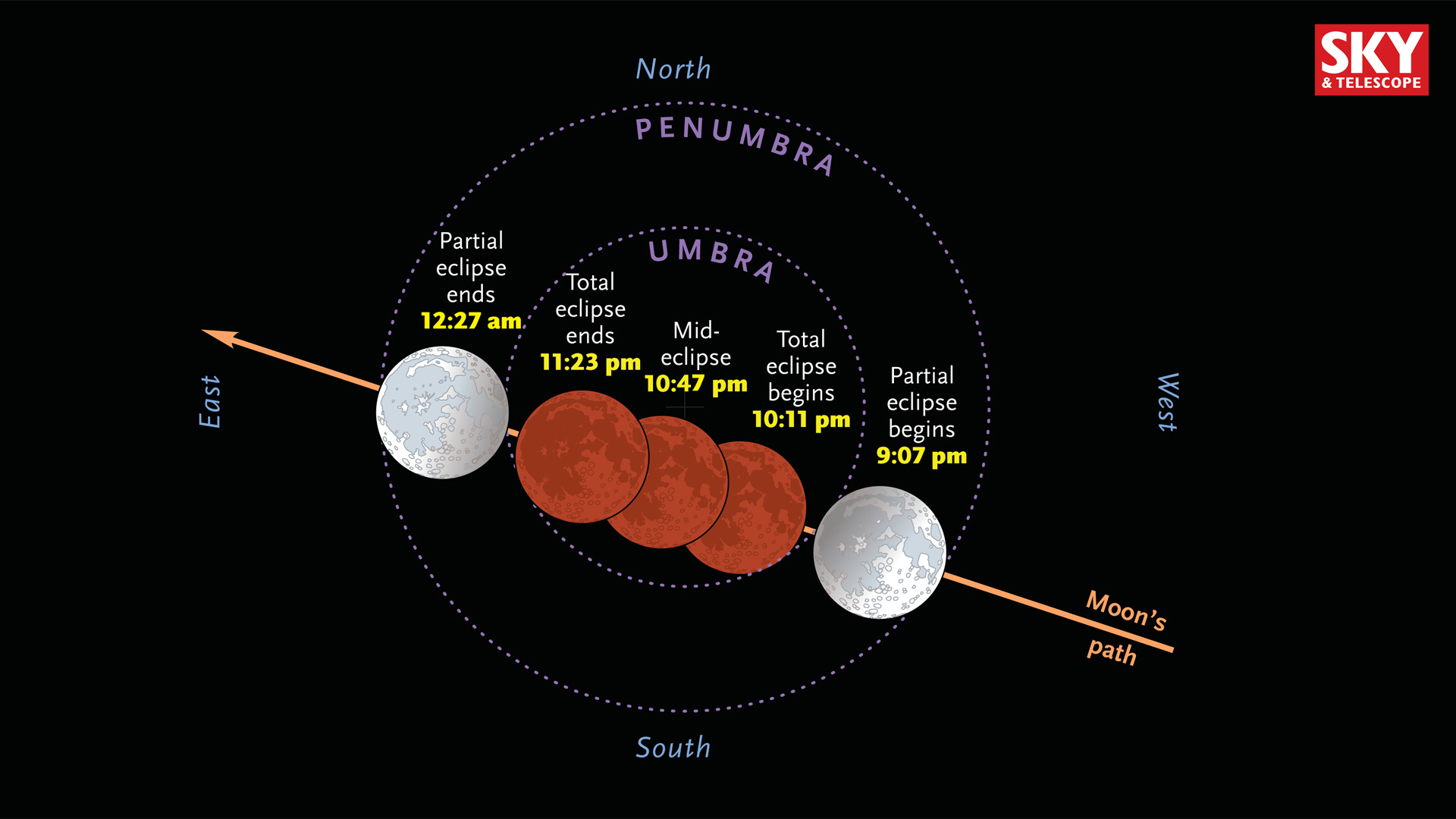Let me start by saying I despise the term ‘Supermoon.’ So much so that I refuse to use it throughout the rest of this article. The sad reality is that the term draws a crowd. It aggrandizes the event to the point where people who normally wouldn’t take notice are paying attention, which ultimately is a good thing, as long as they learn the science that goes along with it. So here I am to teach the science, and show that the Lunar Eclipse visible across Canada this Sunday evening will be a gorgeous event to watch and participate in, especially with the increased brightness of the Moon at Perigee.

At the Moon orbits the Earth every 29.5 days, it naturally has a perigee and apogee, it’s closest point to Earth and farthest, respectively. The average distance to the Moon is 384,000 Km, but it can vary by about 30,000 Km give or take. Over the course of the year, the Moon will have a maximum apogee and minimum perigee, the latter of which is happening on September 28th, during the full Moon. This full Moon perigee is known as a Syzygy (love that word) of the Earth Moon Sun system. This will bring the Moon to a minimum distance of 256,876 Km. It won’t make the Moon look much bigger, only 14%
